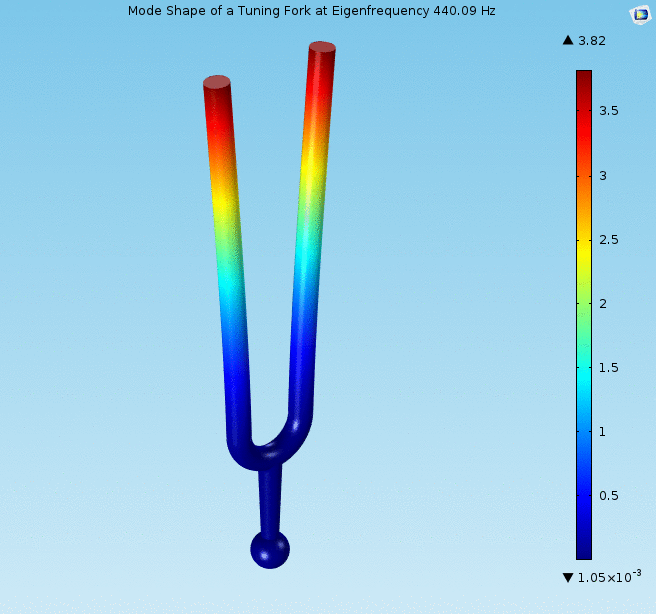What is Vibration?
As defined by The Editors of Encyclopedia Britannica, "Vibration [is the] periodic back-and-forth motion of the particles of an elastic body or medium, commonly resulting when almost any physical system is displaced from its equilibrium condition and allowed to respond to the forces that tend to restore equilibrium."
Put simply, vibration is the alternating motion of a particle moving from its equilibrium position with respect to the restoring forces acting on the object.

Source:http://38.media.tumblr.com/b37c6a583b88bb2c66b0c43883ef2872/tumblr_nfchcdVyxV1terd0oo1_400.gif
Tying this concept back into music and sound, above is a speaker playing music with glitter inside of it. On the outside rims of the speaker, it is obvious to see that the speaker is moving back and forth as it tries to restore itself to an equilibrium position. Depending on the intensity of the music, (i.e volume, bass, etc) the speaker will have a larger or smaller displacement.
The glitter shows the intensity in the current speaker. If the music was turned up to a higher volume, the glitter would fly higher as a result of the vibration moving the speaker head and the normal force from the speaker head onto the glitter.
Two Types of Vibration
Simple Harmonic Motion
Simple harmonic motion is a type of vibration that occurs after a brief force is applied to an object. As a result, the object vibrates on its own accord meaning that there are no external forces provided by a machine or person to continue the objects vibration after the initial force has been applied.
It is best to describe this motion (as well as the next one) with an example.
Example of Harmonic Motion
Imagine you're a music teacher and you need to figure out a pitch to sing for your class. You pull out your tuning fork and hit it briefly on you knee. The tuning fork, begins to vibrate as a result of the brief force you applied to it. The vibration causes a certain pitch to be created at a certain frequency and huzzah! you have found your pitch.
Tuning Fork

Source:https://upload.wikimedia.org/wikipedia/commons/8/82/Mode_Shape_of_a_Tuning_Fork_at_Eigenfrequency_440.09_Hz.gif
Force Vibrations
Force vibrations are closely related to simple harmonic motion vibration. The only difference between the two is that force vibrations are vibrations that constantly have an external force acting on them.
Example of Force Vibrations
You and a friend get together one day to practice playing guitar. You pluck your first string and realize that your guitar is out of tune so you decide to tune it. You do this by continuously plucking the string. The string vibrates back and forth and with each successive pluck from your finger, you are giving the string an external force to continue vibrating until your string is tuned.
Quick Links
Vibration
Music
Tristan Van Cise
Physics 211
Fall 2016
David Newman
Website Project